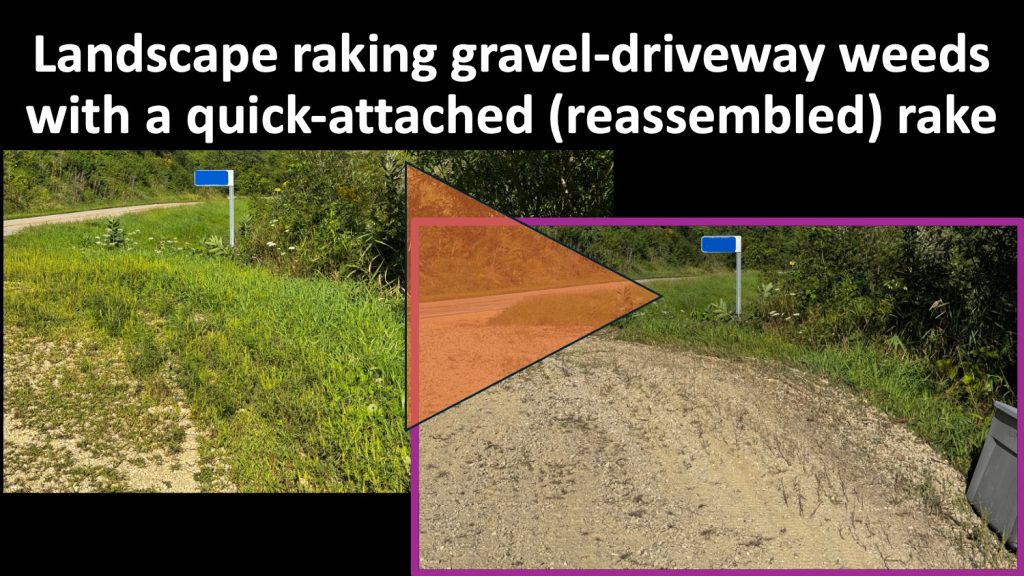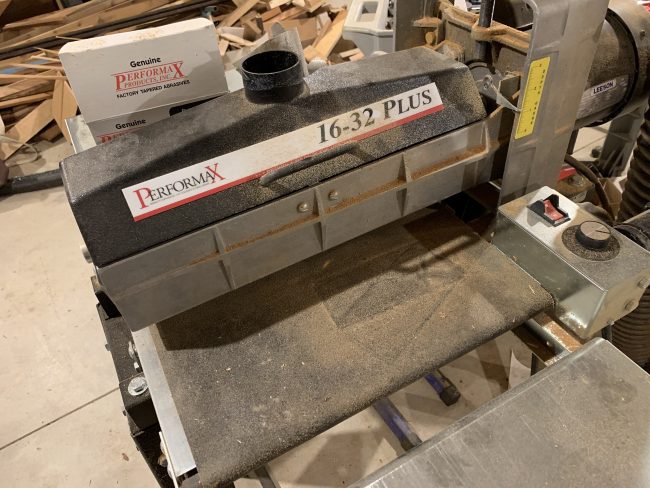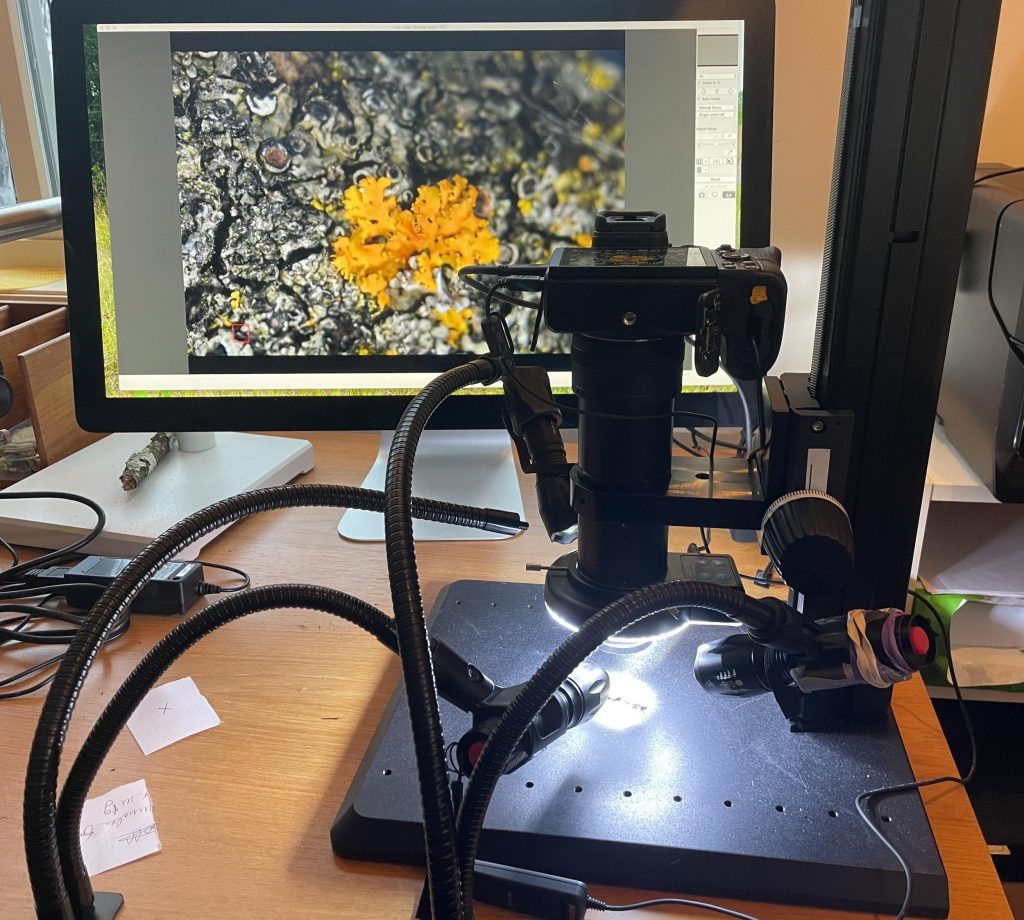UPDATE: September 2023
This post is for a person using command-line connection to Jacktrip and Qjackctl to manage Jack (which is the way we did it back in March of 2021). It creates a single virtual device to route audio to and from Jacktrip. This makes Qjackctl a lot easier to manage by providing a single interface that can be used for both input and output.
These days JackTrip has a terrific graphic user interface (GUI) that can manage audio input and output devices directly through RT Audio (eliminating the need to use Qjackctl). In that case I would suggest creating a separate Loopback devices for audio being sent to Jacktrip and audio being received from Jacktrip. It’s much easier to keep things straight and just as flexible.
Here’s a step-by-step post about routing Jacktrip audio using Rogue Amoeba’s Loopback software. Loopback is a for-money successor to Soundflower and similar to BlackHole. I like it because it is more visual and does more stuff.
The goal of this post is to get a person with a 2×2 interface going with a setup that will let them join a Jacktrip session reliably, without having to “rewire” things each time. It also covers things like routing audio into and out of other audio software like Logic Pro, Ableton Live, Max and Zoom.
Alas, this is for Mac folks only. Windows audio puzzles me. I don’t have a clue how to do this on a Windows machine.
There are links to short videos that “animate” each of these steps and examples. Click on the pictures to embiggify and read them.
Step 0: Assumptions – Click here for video
Continue reading →




